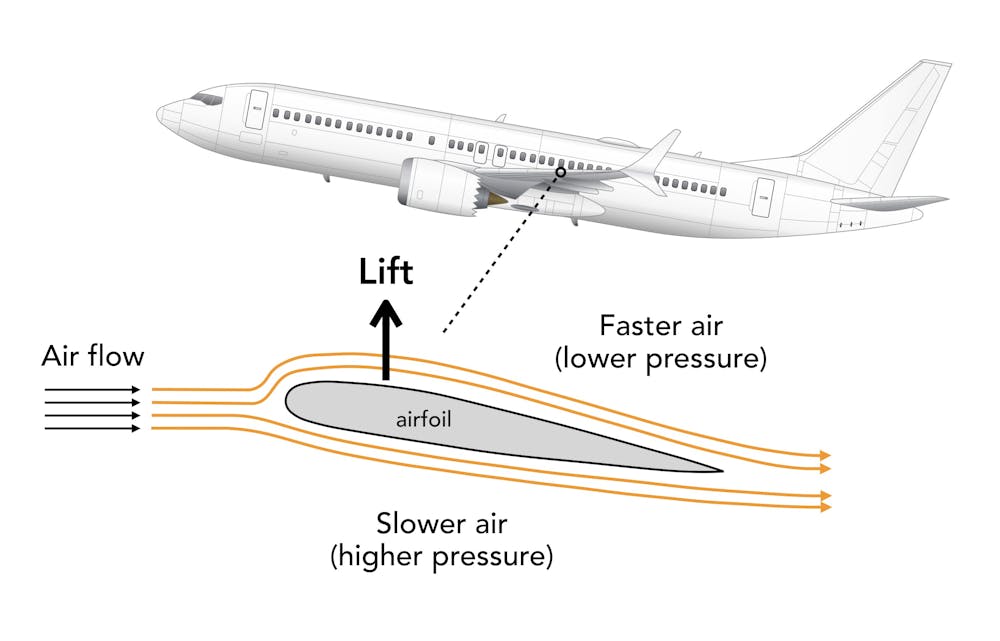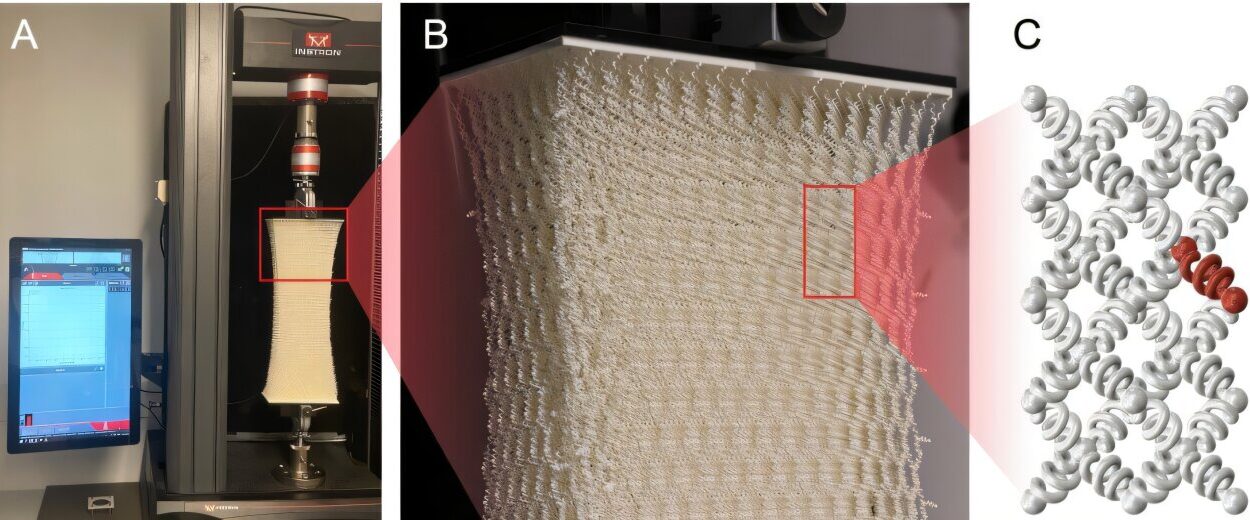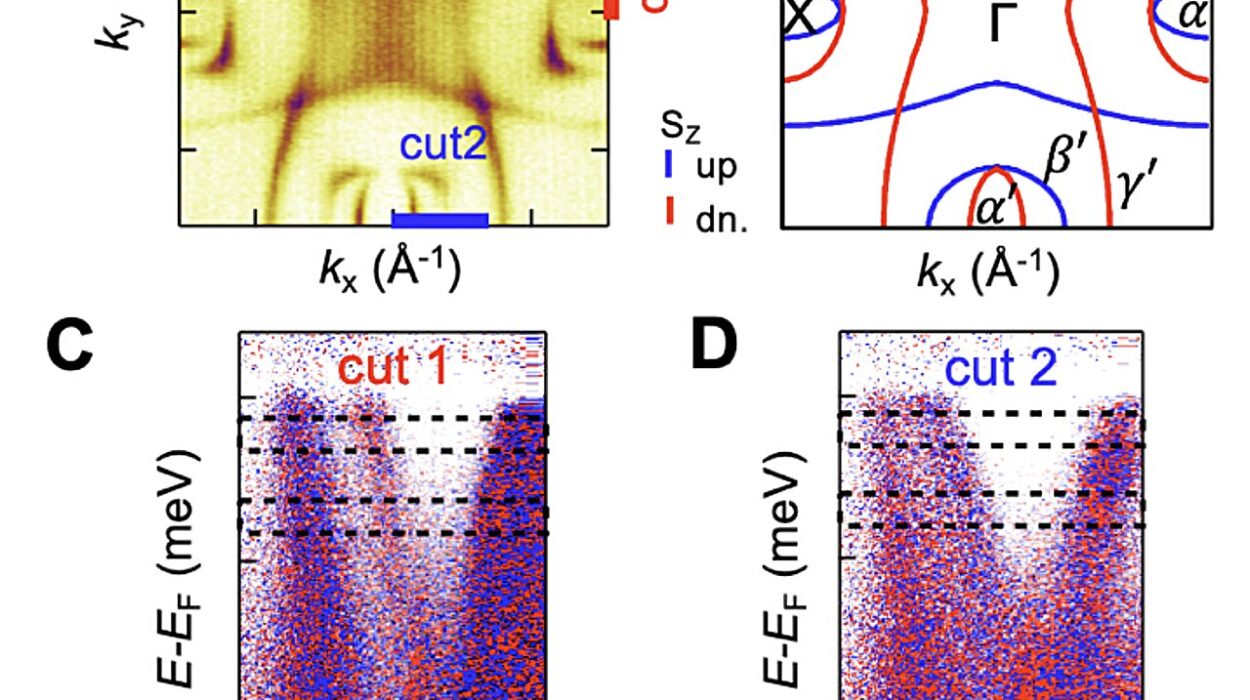It’s an ordinary scene at any airport. A massive steel machine, weighing hundreds of tons, glides down a runway and effortlessly lifts off the ground, climbing into the sky. We watch without much thought, yet what we’re witnessing is nothing short of miraculous. Airplanes defy every instinct we have about gravity and motion. They seem too heavy, too solid, too unnatural to fly. And yet, thanks to the elegant rules of physics, they do. To understand why, we must dive into the science behind the airplane—a story of air, pressure, force, and one of humanity’s greatest engineering achievements.
The Ancient Dream of Flight
Long before physicists and engineers began calculating airflow and lift, humans dreamed of flying. The myth of Icarus, Da Vinci’s sketches of ornithopters, and the bird-like contraptions of early inventors all stem from a deep desire to break free from the ground. It wasn’t until the early 20th century, with the Wright brothers’ historic flight in 1903, that dreams became reality. But what exactly changed? The answer lies not just in the machine, but in our understanding of how air and motion interact.
Air Isn’t Empty: The Physics of Fluid Dynamics
To understand how planes fly, we first need to recognize something counterintuitive: air is not nothing. It’s a fluid, much like water, and it behaves according to the same physical laws. Though invisible, air has mass, pressure, and density. It can flow, compress, and create forces. When an airplane moves through the air, it doesn’t just slice through empty space—it manipulates a sea of fluid particles, creating motion and lift.
This realm of physics is called fluid dynamics, and it’s essential to every aspect of flight. When air flows over and under an airplane wing, differences in speed and pressure are created. These differences generate the force that lifts the plane off the ground.
The Four Forces of Flight
Every object in flight is subject to four fundamental forces: lift, weight, thrust, and drag. The interplay of these forces determines whether a plane rises, cruises, or falls.
Weight is the force of gravity pulling the airplane downward. It depends on the mass of the aircraft and the acceleration due to gravity. Lift is the force that counters weight. It’s generated primarily by the wings and acts upward. Thrust is the forward-moving force produced by engines or propellers. Drag is the resistance force that opposes thrust, caused by air pushing against the aircraft’s surfaces.
For a plane to fly, lift must overcome weight, and thrust must overcome drag. These balances are dynamic. During takeoff, more thrust and lift are needed. During cruising, the forces reach a near-equilibrium. Understanding how these forces work together is the key to the science of flight.
The Wing’s Secret: Bernoulli and Newton at Work
The centerpiece of flight physics is the wing, or airfoil. A typical airplane wing is shaped with a curved top and a flatter bottom. This design is not arbitrary—it is rooted in Bernoulli’s principle, a fundamental idea in fluid dynamics.
Bernoulli’s principle states that in a steady flow of fluid, the pressure decreases as the fluid’s velocity increases. When air flows over the curved upper surface of the wing, it has to travel a longer path than the air underneath. To meet up at the trailing edge, the air on top moves faster. Faster airflow means lower pressure. Meanwhile, the slower air under the wing maintains higher pressure. This pressure difference creates an upward force: lift.
But that’s not the whole story. Newton’s third law—every action has an equal and opposite reaction—also plays a role. As the wing pushes air downward, the air pushes the wing upward in return. This reactionary lift complements the pressure-based lift from Bernoulli’s principle. In reality, both effects contribute. Engineers refer to this as the Coanda effect: air clings to curved surfaces, changing direction and generating force.
Angle of Attack: Controlling Lift and Stall
The angle at which a wing meets the oncoming air is called the angle of attack. It’s a crucial variable in determining lift. A small angle of attack creates modest lift with low drag. As the angle increases, lift increases—up to a point. If the angle becomes too steep, the smooth airflow over the wing breaks apart and turbulence sets in. This condition is known as stall, and it causes a sudden loss of lift.
Pilots manage angle of attack carefully. During takeoff and landing, they increase it to generate more lift. During cruising, they reduce it to improve efficiency. Understanding stall is vital for safety. In most commercial aircraft, sophisticated sensors and automated systems help prevent the wing from exceeding the critical angle.
Thrust and Propulsion: Newton’s Third Law in Motion
While wings provide lift, engines supply thrust. Whether it’s a propeller or a jet engine, the underlying physics is the same: push something backward to move forward. This is Newton’s third law in action.
In propeller aircraft, the spinning blades accelerate air backward, pushing the plane forward. In jet engines, air is compressed, mixed with fuel, ignited, and expelled at high speed. The reaction propels the aircraft. The more mass and velocity in the exhaust, the more thrust is generated.
Modern jet engines are marvels of thermodynamics and fluid mechanics. They operate on the Brayton cycle—a continuous loop of compression, combustion, and exhaust. The goal is efficiency: to convert fuel into motion while minimizing drag and fuel consumption.
Drag: The Invisible Enemy
As a plane moves through air, it experiences resistance—drag. Drag increases with speed and depends on the aircraft’s shape and surface. There are several types of drag. Parasite drag comes from friction between air and the plane’s surface. Form drag arises from the shape of the plane disrupting airflow. Induced drag is related to lift and is most noticeable at low speeds or high angles of attack.
Engineers use wind tunnels and computational fluid dynamics to minimize drag. Sleek designs, smooth surfaces, and aerodynamic shapes help reduce resistance. Winglets, the upturned tips on modern wings, are one innovation to decrease induced drag by disrupting wingtip vortices.
Stability and Control: Flying Isn’t Just About Lift
Flight isn’t just about staying aloft. It’s about staying in control. Aircraft must be stable—able to resist disturbances—and controllable—able to change direction and altitude on command.
Stability is influenced by the aircraft’s center of gravity, wing placement, and tail configuration. A stable aircraft returns to level flight after a disturbance. Control surfaces like ailerons, elevators, and rudders adjust the plane’s pitch, roll, and yaw. These movements allow pilots to turn, climb, and descend.
Ailerons on the wings control roll. Elevators on the tail control pitch. The rudder on the vertical stabilizer controls yaw. Together, these surfaces use the same principles of lift and drag to maneuver the aircraft. When a pilot moves the control stick or pedals, they’re adjusting the airflow over these surfaces, changing the forces acting on the plane.
Modern Marvels: How Technology Enhances Physics
Today’s aircraft are not just governed by physics—they’re enhanced by it. Fly-by-wire systems replace mechanical linkages with electronic controls. Computers interpret pilot inputs and adjust control surfaces for optimal performance. Autopilot systems manage navigation, altitude, and speed using algorithms grounded in physics and mathematics.
Composite materials reduce weight without sacrificing strength. Engine efficiency is constantly improving, with advancements in turbine design and fuel injection. Noise reduction, fuel economy, and emissions control are all driven by a deeper understanding of aerodynamics and thermodynamics.
Even the cockpit is a physics lab. Instruments measure speed (airspeed indicator), altitude (altimeter), orientation (gyroscopes), and pressure (pitot tubes). GPS and inertial navigation systems combine physics with satellite technology to pinpoint location with stunning accuracy.
Supersonic and Hypersonic: Breaking the Sound Barrier
At speeds near or above the speed of sound, flight enters a new realm: compressible aerodynamics. The speed of sound, roughly 343 meters per second at sea level, becomes a critical threshold. As a plane approaches this speed, shock waves form, and air behaves differently.
Breaking the sound barrier was once thought impossible. In 1947, Chuck Yeager did it in the Bell X-1, ushering in the age of supersonic flight. Shock waves, drag spikes, and heating become dominant concerns at these speeds.
Supersonic aircraft must be sharply tapered and built to withstand intense pressure changes. Hypersonic flight—above Mach 5—is even more extreme. At these velocities, the air itself heats up, leading to ionization and plasma formation. While still experimental, hypersonic vehicles may one day transform air travel.
Lift Beyond Wings: Helicopters, Rockets, and More
Fixed-wing airplanes are not the only flying machines. Helicopters use rotating blades to generate lift. Each blade is essentially a wing, but spinning allows the helicopter to hover, ascend vertically, and move in any direction.
Rockets operate in space, where there is no air. They rely entirely on Newton’s third law: expelling mass backward at high velocity to generate forward motion. Unlike airplanes, rockets carry their own oxygen for combustion, making them independent of the atmosphere.
Other aircraft—drones, gliders, airships—each apply the same physics in unique ways. From hot air balloons relying on buoyancy to vertical takeoff aircraft using vectored thrust, the principles remain consistent.
Why Planes Fly: A Symphonic Balance of Forces
In the end, airplanes fly because they master the balance of forces. Lift counters weight. Thrust beats drag. Stability ensures control. Every second in the air is a triumph of physics, engineering, and design.
But flight is more than science—it’s an experience. The rumble of engines, the sense of ascent, the view from above all touch something deeper. We marvel at what once seemed impossible. And we owe that miracle to the language of physics—a language that explains not just how planes fly, but why they must.
Conclusion: The Sky Is Not the Limit
Flight has come a long way since the Wright brothers’ 12-second journey. Today’s airplanes cross continents in hours, link cultures, and inspire dreams. Behind every flight is a tapestry of equations, theories, and experiments. Physics doesn’t just explain airplanes—it makes them possible.
As we look to the future—electric planes, flying taxis, and space tourism—the principles of flight remain our guide. The sky is not the limit. It is the beginning. And as long as we understand the science of flight, the dream of soaring will never die.






